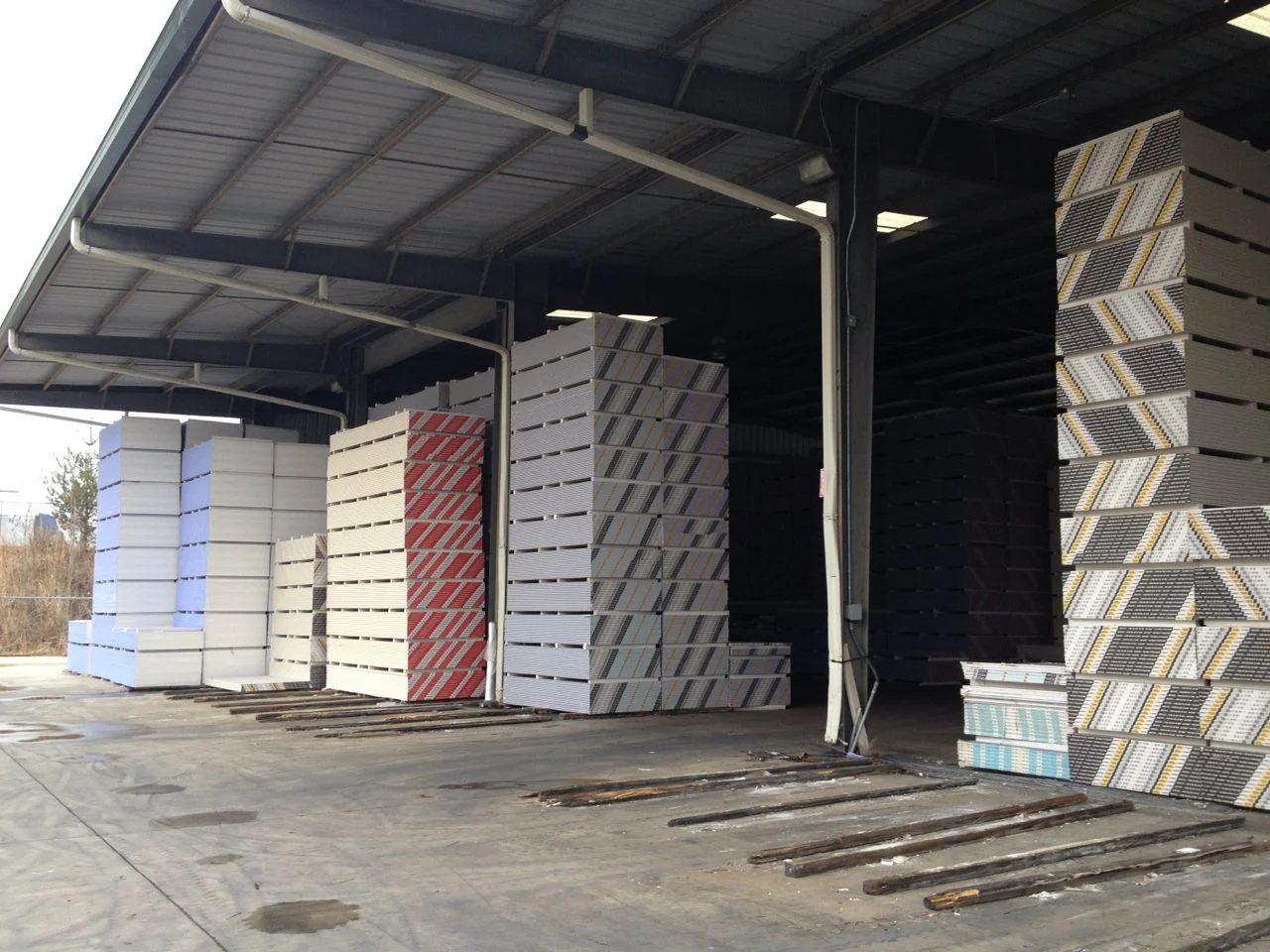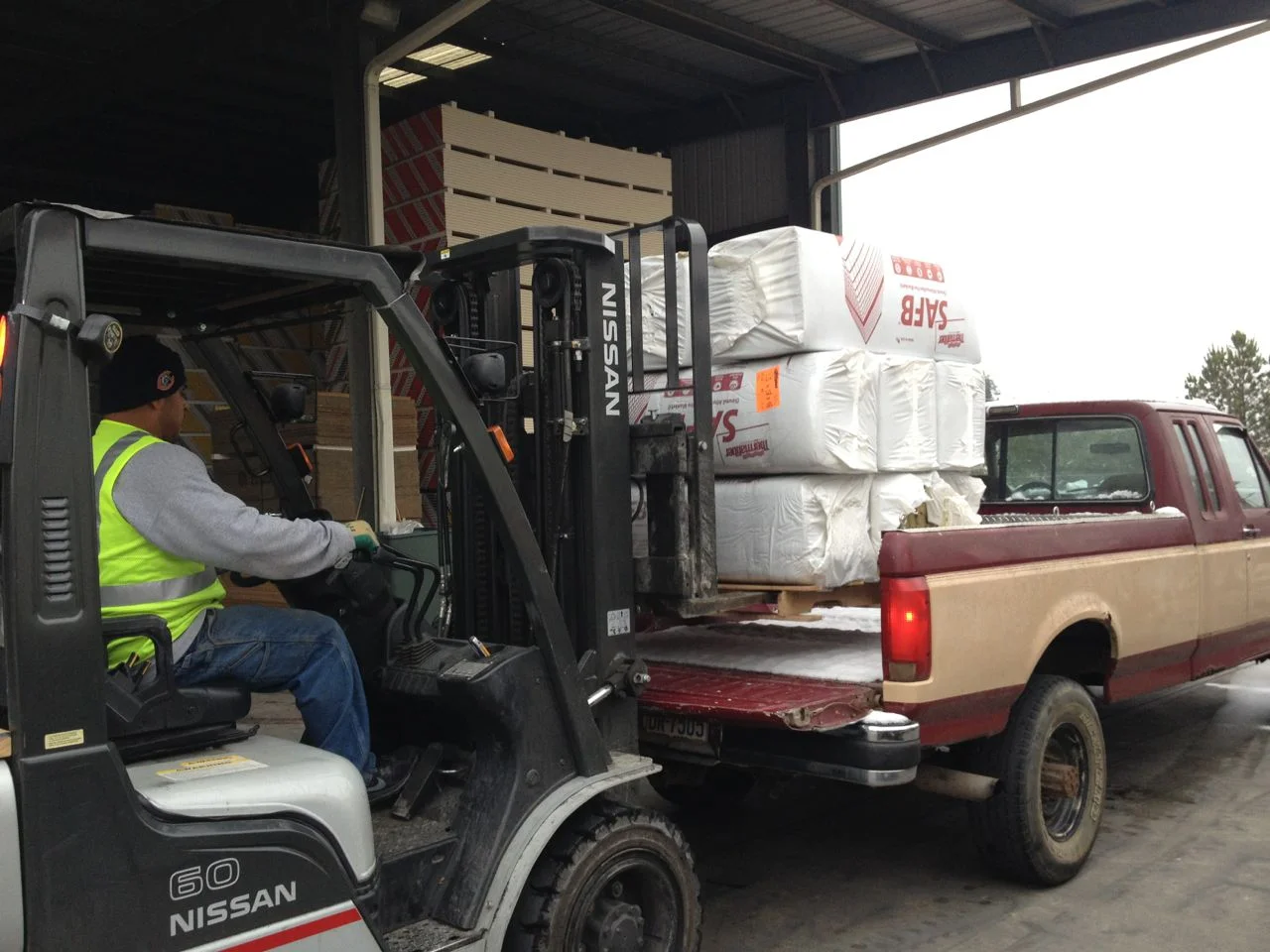Insulation Choices
Today after work, we picked up our insulation for the RV. Jerud did a lot of research on what our new insulation should be. Our main requirement was that it had to be eco-friendly (recycled content), followed by R-value, weight, price, installation method and thickness (not necessarily in that specific order).
The RV came with traditional fiberglass insulation but we had to remove it from the walls and roof because of water damage, and the rest in order to work on the trailer. The fiberglass insulation that's still in good condition is boxed up and we plan to reuse it. But since we'll be living in the RV full-time, it needs better insulation - something with a higher R-value than the current cotton candy fiberglass insulation.
The final choice was mineral wool, specifically Thermafiber SAFB. (Click on photos for more info.)
Finding the right insulation was difficult because of our requirements. For example: standard house walls are 3.5 inches thick, but the RV walls are 1.5 inches thick. But the addition interior walls we built in the bedroom are 2 inches thick. Not all insulation come in a variety of thickness or if it does we can't get it locally (shipping costs would be outrageous).
Requirements
- Recycled content
- Cost
- R-value
- Weight
- Installation method
- Thickness
Insulation options
- Fiberglass batts (cotton candy looking)
- EPS sheets (expanded polystyrene sheets)
- Cellulose (blown insulation)
- Mineral wool
Fiberglass batts
- Good R-value
- Not good on recycled content
- Not available in the right thickness (the ones we pulled out of the RV was RV specific batts and thickness, and you can't get those at Lowes)
EPS sheets (expanded polystyrene sheets)
- Has highest R-value out of all the choices
- Can buy at Lowes
- Lightweight, almost as light as fiberglass
- Comes in different thickness up to an inch thick
- Too expensive
- Because it comes in a max of an inch thick we would have had to layered a lot to make it 1.5 inches and 2 inches thick
Cellulose insulation (blown insulation)
- Made of 85% recycled paper fibers
- R-value was ok
- Really heavy
- Meant to be installed in standard home walls: blown into already existing walls (opposed to our walls which only one side was installed)
- Need a blower to install, free 24-hour rental from Lowes if you purchase 12 bags or more, or $250 rental for 24 hours
Mineral wool
- This was basically the only option that fit all our requirements aside from custom ordering fiberglass
- 75% recycled content
- Same R-value as pink stuff
- Available in a range of thickness
- Available locally
- Almost cheapest option
- There were 3 brand options
- We went with Thermafiber SAFB because it was available locally
- SAFB = sound attenuation fire blanket = dampens sound and fire resistant
- Roxul (second brand option)
- Lowes sells it but only for house wall thickness and we can't get it in the thickness we need because the company doesn't distribute it Lowes or anywhere else in the area
- MinWool (third brand option)
- Can't get it locally
- Doesn't have post-consumer recycled content
- We went with Thermafiber SAFB because it was available locally
When we initially decided to not reuse the fiberglass insulation in the RV walls and roof we thought we'd be able to find new insulation that has a higher R-value than fiberglass insulation. We didn't realize that it would be so hard to find insulation for the RV. Even if we did know about the difficulties we still had to get new insulation:
- We had to take all the wall and roof insulation out in order to work on the trailer
- The sections of the walls and roof are divided into uneven sizes so we would have an extremely hard time putting the insulation back where it came from
- Some insulation had to be tossed away because of the water damage
- We extended the bedroom so we need to get additional insulation to fill that space
- The walls and roof had holes in spots that we had to cover. The insulation in those damaged areas were in poor condition.
- The backing of some of the original insulation was falling apart
- The belly of the trailer beneath the kitchen subfloor had to be re-insulated because of water damage. We reused the salvaged fiberglass insulation and added more than it originally had.
We're hoping we won't need all 12 bundles of the Thermafiber because that's a lot of insulation ($$)...and a lot of weight!






